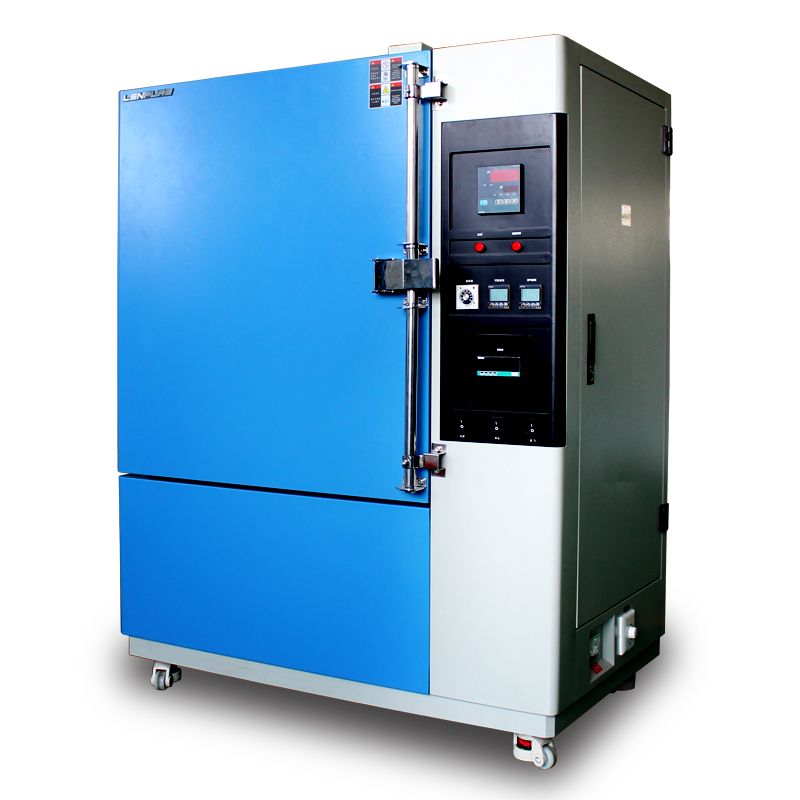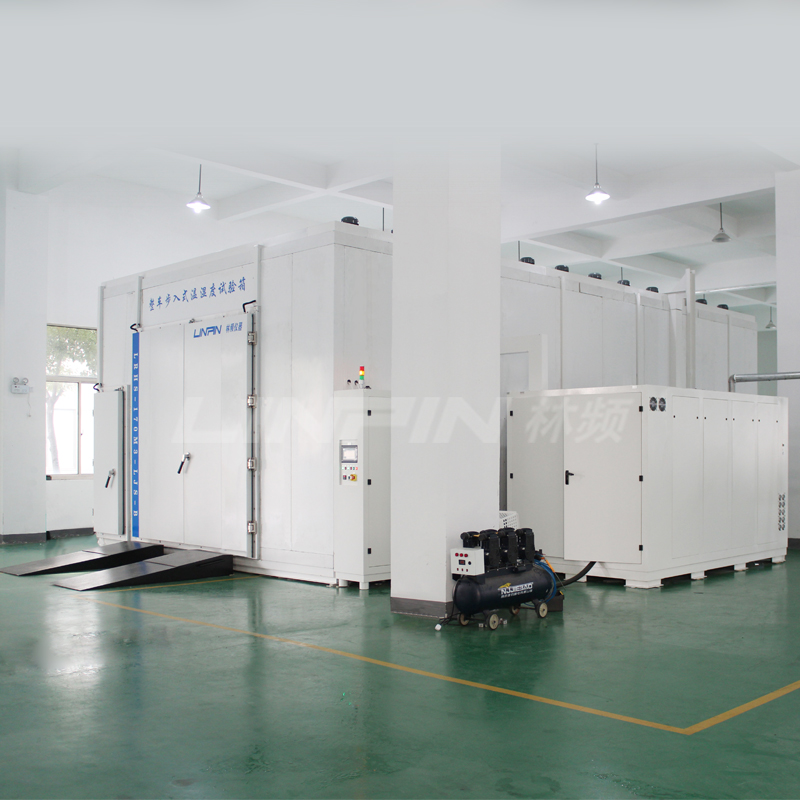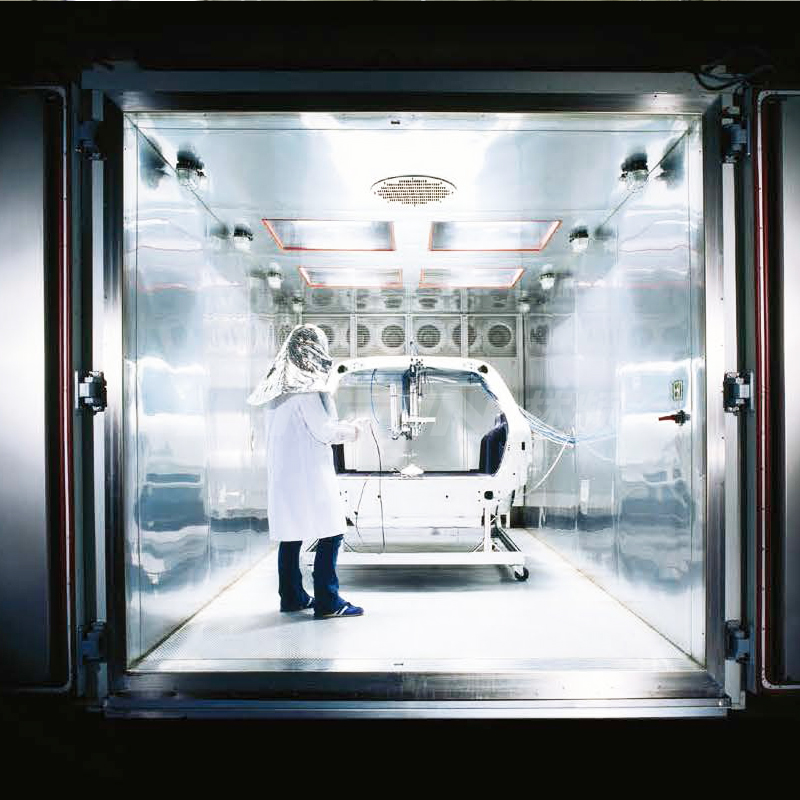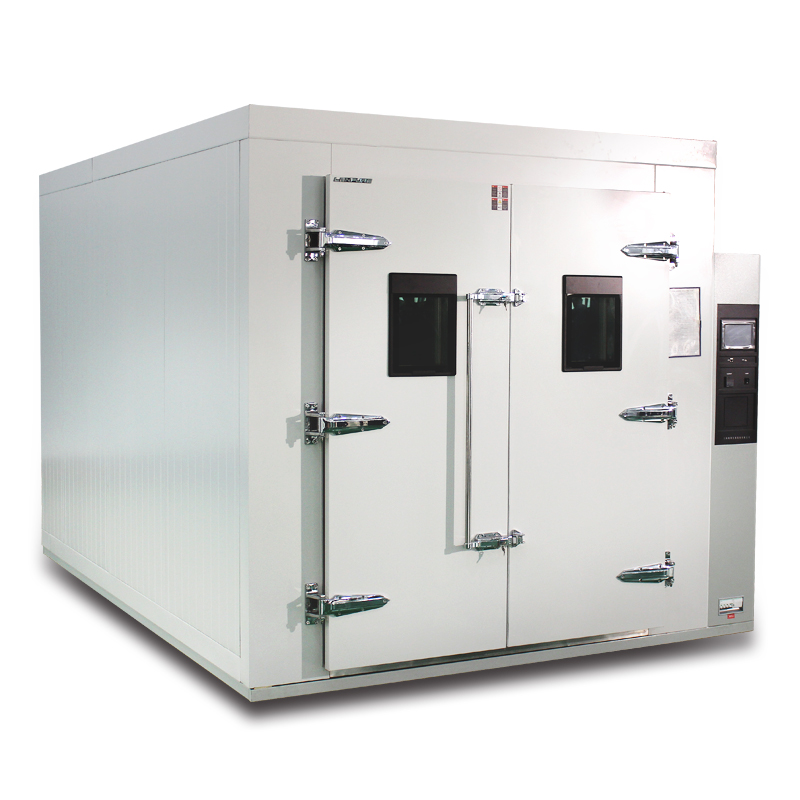How Small and Medium-Sized Enterprises (SMEs) Can Choose a High and Low Temperature Test Chamber
Author:LINPIN Update Time:2025-05-21 Source:LINPINIn modern industrial production and product development, high and low temperature test chambers are essential experimental equipment widely used in industries such as electronics, electrical appliances, materials, and automotive. For SMEs, selecting the right test chamber not only improves product quality but also helps reduce costs. So, how should SMEs choose a high and low temperature test chamber? The following recommendations may help you make an informed decision.
1. Define Testing Requirements
First, SMEs should clearly define their testing needs. Different applications require different specifications for test chambers. For example, if the primary purpose is to test a material’s resistance to high and low temperatures, a chamber with a wide temperature range and excellent uniformity is necessary. If the goal is only basic environmental adaptability testing, a standard high and low temperature test chamber may suffice. Therefore, understanding your product’s characteristics and testing standards is crucial.
2. Consider Equipment Performance
When selecting a test chamber, performance is a key factor. Pay attention to technical parameters such as temperature range, heating/cooling rate, and temperature stability. Generally, the chamber’s temperature range should cover your required testing conditions, and the heating/cooling rate should be fast and stable to ensure accurate results. Additionally, minimal temperature fluctuations indicate better stability, leading to more reliable test data.
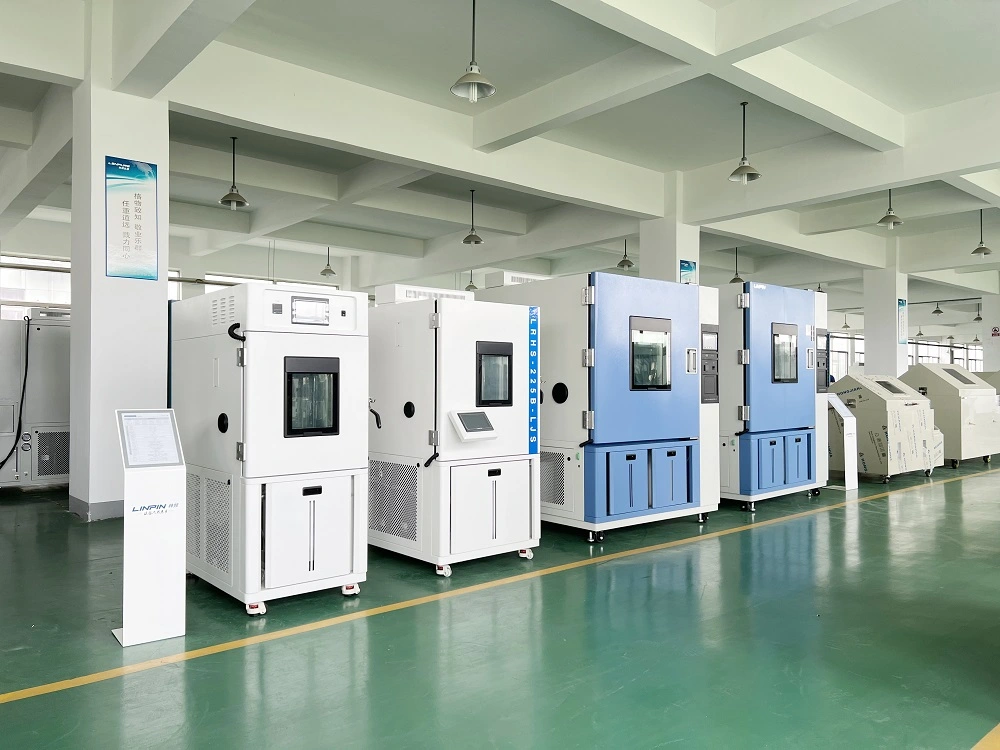
3. Choose a Reputable Brand and Manufacturer
Many brands offer high and low temperature test chambers on the market. SMEs should opt for manufacturers with a strong reputation. Research industry evaluations, customer reviews, and after-sales service to make an informed choice. A reliable manufacturer not only provides high-performance equipment but also ensures long-term maintenance and technical support, reducing operational risks.
4. Balance Cost and Budget
Cost control is critical for SMEs. When purchasing a test chamber, consider not only the initial price but also maintenance costs, energy consumption, and consumable expenses. Compare multiple suppliers to find the best value-for-money solution. However, choosing the cheapest option may lead to hidden costs later, so prioritize quality over price.
5. Prioritize After-Sales Service
During use, issues such as equipment malfunctions or technical problems may arise. Prompt after-sales support is essential. Before purchasing, inquire about the manufacturer’s service policies, including repair turnaround times, spare parts availability, and technical consultation. Good after-sales service minimizes downtime and production losses.
6. On-Site Inspection and Trial Use
Before finalizing your decision, conduct an on-site inspection or request a trial of the equipment if possible. Testing the chamber firsthand allows you to evaluate its actual performance and determine whether it meets your needs. It also provides insight into the manufacturer’s production capabilities and service quality.
By carefully considering these factors, SMEs can select a high and low temperature test chamber that enhances product reliability, complies with industry standards, and maximizes cost-efficiency—contributing to long-term business success.

